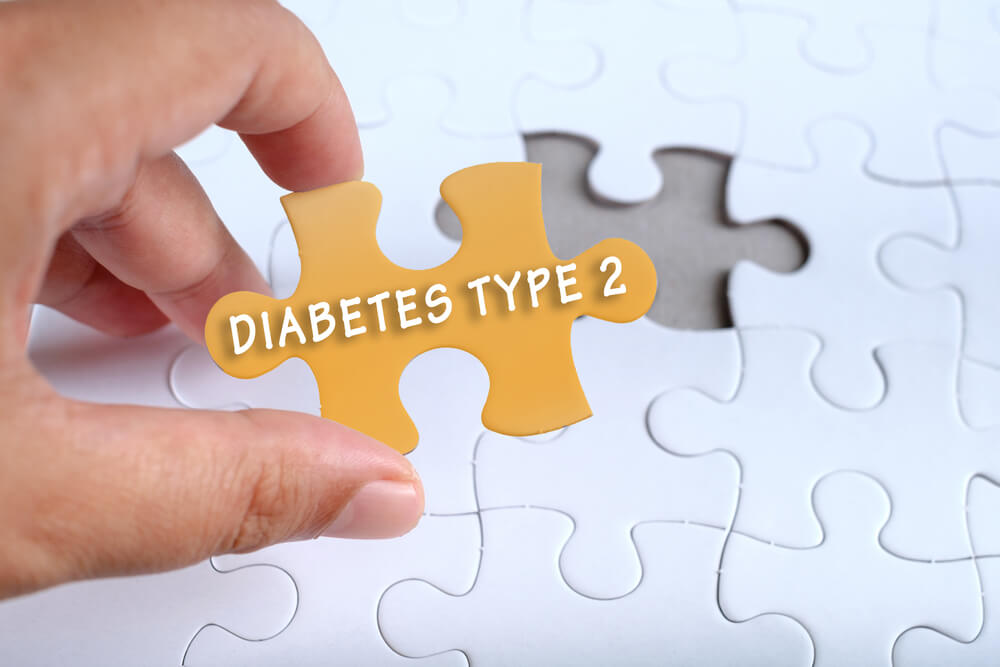Are you experiencing symptoms and want to learn how to manage type 2 diabetes? Let BetterHealthKare help.
If you have diabetes type 2, you should know how to identify type 2 diabetes symptoms. Once you know the symptoms, and how your body is being affected by diabetes, you can begin to incorporate a type 2 diabetes management plan to help keep blood sugar under control. When you learn how to manage type 2 diabetes with a consistent treatment plan, you can live a good and happy life.
Click here to learn 7 early signs of diabetes.
How to Manage Type 2 Diabetes
It will be up to you to remain diligent when managing your diabetes, but you can also get help from a strong support group that can consist of: your physician, nurse practitioner, nutritionist, pharmacist, diabetes educator, dentist, podiatrist, therapist, and endocrinologist. Your type 2 diabetes management protocol should include the following:
- To take an active role in type 2 diabetes management, you must be informed and vested. Learn about your medications, what they do in your body, how to take them correctly and safely, and what the adverse effects are. Follow the instructions of your physician, and any lifestyle changes he recommends.
- Learn what your A1c levels are and what they represent. An A1c test will reveal your average blood sugar control for the past 2 to 3 months. This test can help you determine how well your type 2 diabetes management plan is working, and the effect of any lifestyle changes that ensued during this time period.
- Your weight is a huge factor in learning how to manage type 2 diabetes. If you are overweight, it will have a negative effect on your diabetes and you will have to go on a diet. You can learn what foods to eat and which ones to avoid, to bring you into a healthier body weight. Excess body fat will usually attach itself to your muscles and vital organs, like your pancreas and liver. Excess belly fat, especially over age 40, can lead to cardiovascular disease. Once you begin to lose weight, you may start to see an improvement in your blood glucose levels.
- How to manage type 2 diabetes includes devising an exercise routine for 30 to 60 minutes a day. By staying active you can help to lower blood pressure and blood sugar, assist your body in processing insulin better, and also boost your heart health. Seek out activities that you enjoy, such as: dancing, swimming, hiking, bicycle riding, working out at the gym, yoga, martial arts, sports, etc.
- Pay particular attention to your diet, to make sure you are getting the nutrients you need without putting on weight. Eat a sufficient amount of vegetables, fruit, low-fat dairy, fish, and chicken, and avoid trans-fats, sugary drinks, and baked goods. You may want to visit with a dietician who can develop a meal plan for you that will assist in managing your diabetes.
Type 2 Diabetes Symptoms
Identifying type 2 diabetes symptoms is important, and you should be aware of them. These symptoms include:
- Dry mouth, increased thirst
- Frequent, or increased, urination
- Sudden weight loss
- Blurred vision
- Slow healing of cuts and wounds
- Fatigue, weakness
- Excessive hunger, even after meals
- Tingling, pain or numbness in the hands or feet
- Recurring infections and sores
- Foot problems
- Bladder infections
Your type 2 diabetes management plan can help you keep your blood sugar levels within the desired range, and also help to avoid more serious health complications. Ask your professional support group to assist you in developing a healthy management plan. Learn more tips and advice on how to better manage diabetes at www.BetterHealthKare.com



